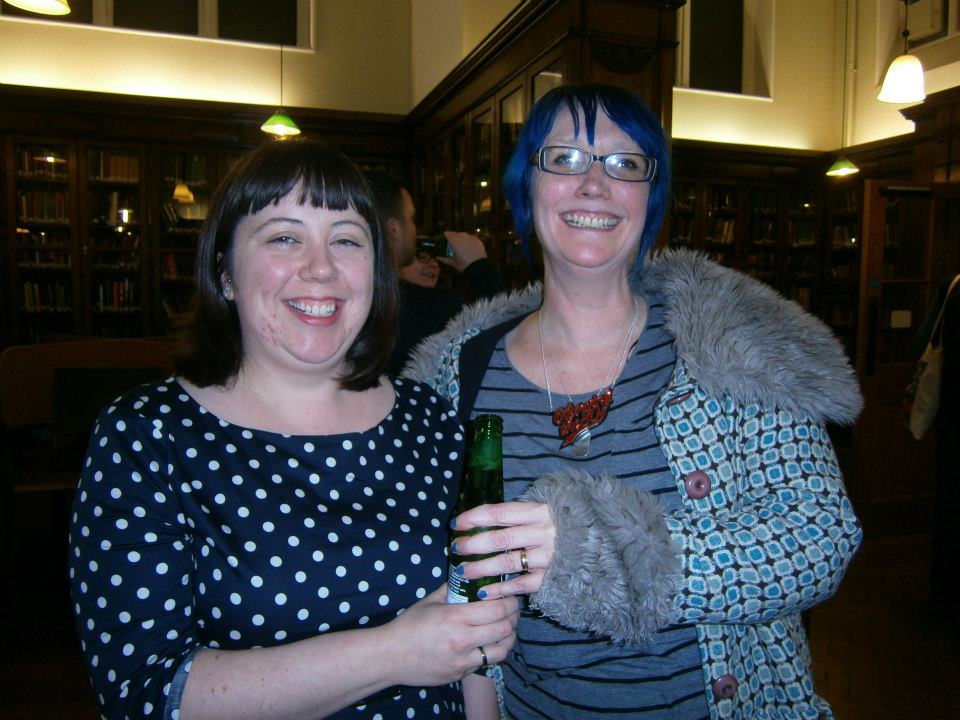On the 28th November Dr Lucy Robinson was invited to speak at the Lesbian and Gay Newsmedia Archive (LAGNA) event Poofters, Pop and Pandemics at Bishopsgate Institute. The evening began with an introduction to the LAGNA archive by Robert Thompson who demonstrated how useful the newsmedia archives could be in understanding gay experience and representation in the 1980s.
The event was themed around the emergence of out and outish gay men in the pop music scene. It seemed the tabloid press was very worried that too many gay pop stars were forcing young women fans to buy records by girl bands. But The Sun did also offer the occasion ‘page 7 feller’, usually topless and in denim and looking remarkably like well-known pop stars. Lucy presented some of her work on AIDS charities in the 1980s, particularly focussing on how the growth of charitable donation and engagement fitted into Thatcher’s Britain’s ‘victorian values’.
 When MOP respondents were asked about charity in Spring 1985 many of them raised anxieties about the growing levels of overheads they saw in the professionalization of charities, and how they maintained a respect for those who donated their own time to charities rather than just money. For example B1215 wrote the following:
When MOP respondents were asked about charity in Spring 1985 many of them raised anxieties about the growing levels of overheads they saw in the professionalization of charities, and how they maintained a respect for those who donated their own time to charities rather than just money. For example B1215 wrote the following:
“I don’t donate regularly to charity or appeals after so much publicity as to the percentage of donations which are spent on advertisements and administration.”
The aesthetic and format of the charity single videos released in the 1980s played this out. The videos were designed to look cheap, thrown together as an emergency response, bring together eclectic collections of musicians and celebities , and to lay bare all the workings of the music industry usually left hidden. The Dionne Warwick and Friends ‘That’s what friends are for’ showed the slicker end of the format.
https://www.youtube.com/watch?v=xGbnua2kSa8
Putting the charity back into charity singles: charity singles in Britain 1984-1995. Contemporary British History, 26 (3). pp. 405-425. ISSN 1361-9462
